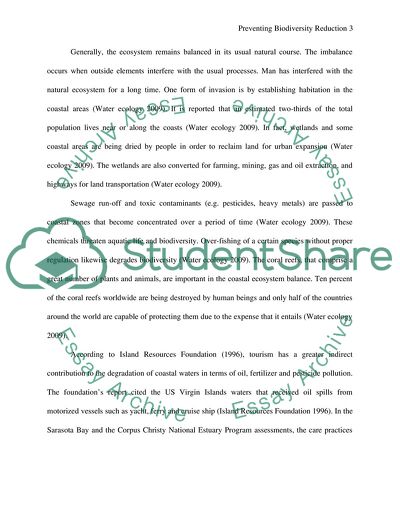Cite this document
(Preventing Biodiversity Reduction in the Coastal Zone Coursework - 1, n.d.)
Preventing Biodiversity Reduction in the Coastal Zone Coursework - 1. https://studentshare.org/environmental-studies/1750461-preventing-biodiversity-reduction-in-the-coastal-zone
Preventing Biodiversity Reduction in the Coastal Zone Coursework - 1. https://studentshare.org/environmental-studies/1750461-preventing-biodiversity-reduction-in-the-coastal-zone
(Preventing Biodiversity Reduction in the Coastal Zone Coursework - 1)
Preventing Biodiversity Reduction in the Coastal Zone Coursework - 1. https://studentshare.org/environmental-studies/1750461-preventing-biodiversity-reduction-in-the-coastal-zone.
Preventing Biodiversity Reduction in the Coastal Zone Coursework - 1. https://studentshare.org/environmental-studies/1750461-preventing-biodiversity-reduction-in-the-coastal-zone.
“Preventing Biodiversity Reduction in the Coastal Zone Coursework - 1”. https://studentshare.org/environmental-studies/1750461-preventing-biodiversity-reduction-in-the-coastal-zone.


